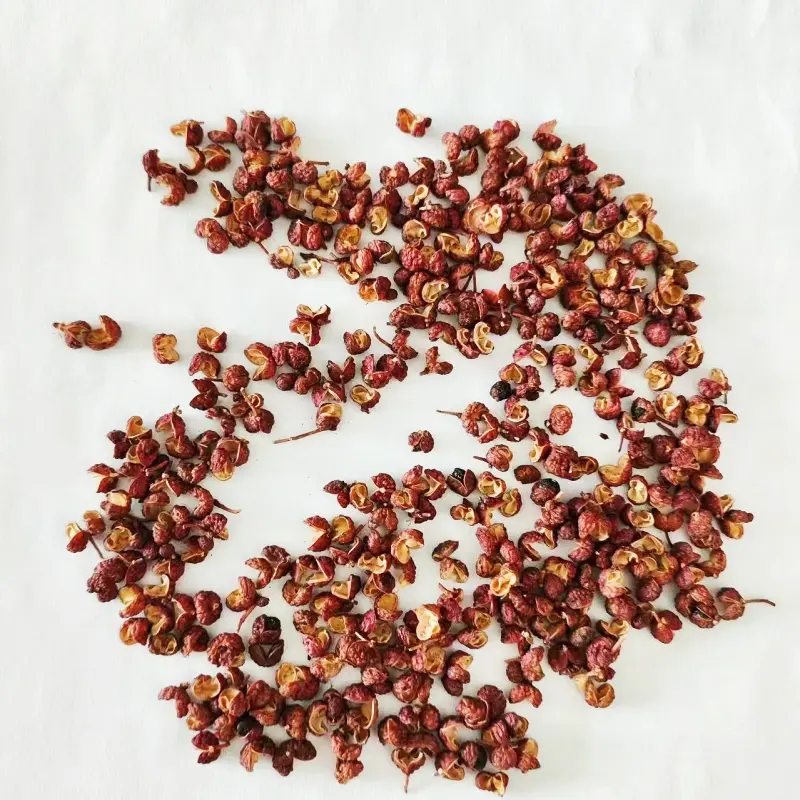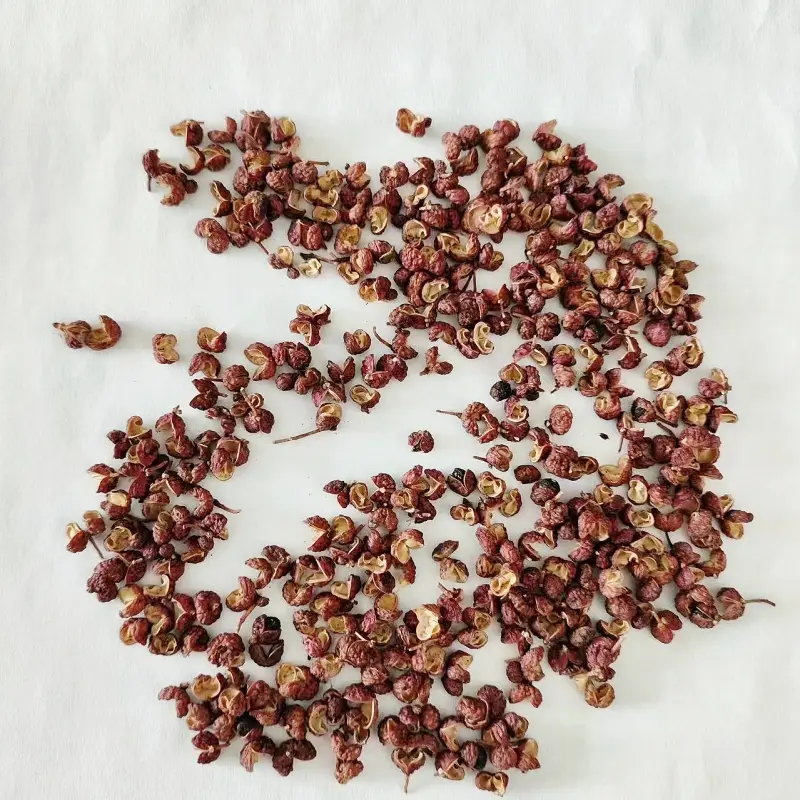Red Sichuan pepper (also known as Zanthoxylum simulans or Sichuan peppercorns) is an iconic spice from China, widely recognized for its unique numbing and tingling sensation, known as "má" (麻). This sensation is a hallmark of Sichuan cuisine, which often pairs the numbing effect of Sichuan pepper with the fiery heat of chili peppers, creating a distinctive flavor profile called málà (麻辣). But what exactly causes the characteristic tingling sensation, and how does this sensation interact with our body?
In this article, we will delve into the science behind the numbing effect, explore the chemical compounds responsible for it, and look at data on how it affects the human sensory system.
Chemical Composition of Red Sichuan Pepper
The key to understanding the tingling sensation lies in the chemical compound known as hydroxy-alpha-sanshool, which is present in Sichuan pepper. This compound is responsible for the characteristic numbing (or "má") sensation on the skin and mouth. When hydroxy-alpha-sanshool interacts with sensory neurons, it triggers a peculiar response that results in the distinctive tingling feeling.
What is Hydroxy-alpha-sanshool?
Hydroxy-alpha-sanshool is a bioactive alkaloid compound found in the essential oils of Sichuan peppercorns, responsible for the distinctive numbing (or "má") sensation associated with the spice. Structurally, it shares similarities with other compounds that affect sensory receptors, such as capsaicin, which gives chili peppers their heat. When consumed, hydroxy-alpha-sanshool interacts with specific ion channels in the human nervous system, particularly the TRPA1 receptor, which is sensitive to chemical irritants. This interaction triggers a tingling or numbing feeling, often described as a mild, pleasant discomfort that enhances the overall sensory experience, particularly in spicy dishes.
How Hydroxy-alpha-sanshool Works
When you consume Sichuan pepper, its essential oils, rich in hydroxy-alpha-sanshool, interact with a group of ion channels known as TRP (Transient Receptor Potential) channels. These channels are responsible for sensing a wide range of sensory inputs, such as temperature, pain, and mechanical stress. Hydroxy-alpha-sanshool specifically targets the TRPA1 receptor, which is particularly sensitive to chemical irritants, and is also involved in the body’s response to pain and inflammation.
The TRPA1 receptor is known for its role in detecting environmental stimuli, such as cold temperatures or irritants like mustard oil. When hydroxy-alpha-sanshool binds to this receptor, it triggers a cascade of biochemical signals that lead to the activation of sensory neurons. This activation is what produces the characteristic tingling or numbing sensation often described as “má” (麻). The sensation typically feels like a mild prickling or buzzing on the skin or in the mouth.
The numbing effect can vary in intensity depending on the amount of hydroxy-alpha-sanshool consumed. While the sensation usually lasts for a few seconds to several minutes, continuous exposure may lead to a temporary desensitization of the receptors, making the experience less intense over time. This unique interaction between hydroxy-alpha-sanshool and TRPA1 receptors contributes significantly to the complex sensory experience of Sichuan cuisine.
Key Sensory Effects
Activation of TRPA1 Receptor:
When Sichuan pepper is consumed, its essential oils, containing hydroxy-alpha-sanshool, interact with the TRPA1 receptor, a type of ion channel found in sensory neurons. This receptor is primarily responsible for detecting irritants, temperature changes, and pain signals. When activated by hydroxy-alpha-sanshool, the TRPA1 receptor generates electrical signals that the brain interprets as a tingling, numbing, or buzzing sensation. This unique sensation is what gives Sichuan pepper its characteristic "má" (麻) effect, often described as a mild prickling feeling, either in the mouth or on the skin, depending on the context. The intensity of this sensation can vary, often depending on the concentration of Sichuan pepper and individual tolerance.Desensitization Over Time:
Interestingly, continuous exposure to Sichuan pepper can lead to a phenomenon known as temporary desensitization. As you eat more of the spice, the sensory neurons that are responsible for detecting the tingling sensation may become less responsive, reducing the intensity of the feeling over time. This is why people who are accustomed to Sichuan cuisine may not feel the same level of numbness after the first few bites. This desensitization also explains why frequent Sichuan pepper consumers often describe the sensation as less intense with each subsequent exposure. Over time, the body’s sensory systems adapt, making the experience more tolerable and even enjoyable for those who are regularly exposed to it.Enhanced Flavor Perception:
One of the most fascinating aspects of the numbing sensation from Sichuan pepper is its ability to enhance the perception of other flavors, particularly spiciness. The numbing effect makes the mouth feel less sensitive to irritation, which allows the spicy heat from chili peppers to become more pronounced without overwhelming the senses. This interaction between Sichuan pepper’s numbing effect and chili’s heat is central to the unique flavor profile of Sichuan cuisine, known as málà (麻辣). The interplay of numbness and spiciness not only elevates the intensity of the overall taste experience but also contributes to the complex layers of flavor in Sichuan dishes. For example, in hotpot or mapo tofu, the tingling sensation helps to balance and complement the fiery heat, allowing the diner to enjoy both the heat and the deep, savory flavors in harmony.Thus, the sensory effects of Sichuan pepper go beyond just numbing — they enhance the overall eating experience, making it an essential ingredient in Sichuan culinary tradition.
Data: Sensory Response to Hydroxy-alpha-sanshool
Studies have shown that hydroxy-alpha-sanshool has a dose-dependent effect on sensory neurons. As the concentration of this compound increases, the intensity of the tingling or numbing sensation also increases.
Table 1: Hydroxy-alpha-sanshool Concentration and Sensory Intensity
| Concentration of Hydroxy-alpha-sanshool (mg/kg) | Sensory Intensity (Scale 1-10) |
|---|---|
| 0.5 | 1 |
| 1 | 3 |
| 2 | 6 |
| 5 | 9 |
| 10 | 10 |
From the table above, we can see that as the concentration of hydroxy-alpha-sanshool increases, the sensory intensity also grows, with the highest levels leading to the most intense numbing sensation.
Real-World Examples: Sichuan Cuisine
Sichuan cuisine is famous for its bold and complex flavors, with the combination of Sichuan peppercorns and chili peppers creating the signature málà (麻辣) effect. The term málà refers to the harmonious balance between the "má" (麻) — the numbing sensation from Sichuan peppercorns — and the "là" (辣) — the fiery heat from chili peppers. This distinctive flavor profile is central to many dishes in Sichuan cuisine, offering a multi-sensory dining experience that stimulates both the palate and the nervous system.
In dishes like mapo tofu, dan dan noodles, and Sichuan hotpot, the combination of these two ingredients creates a dynamic contrast that excites the taste buds. Mapo tofu, for example, is a beloved dish featuring silky tofu cooked in a spicy sauce made with ground pork, chili bean paste, and a generous amount of Sichuan peppercorns. The málà effect in mapo tofu comes from the spicy heat of the chili bean paste combined with the numbing sensation of the peppercorns, which together create a mouthwatering balance of heat and numbness. The Sichuan peppercorns help mellow the sharpness of the chili while enhancing the overall flavor complexity.
Dan dan noodles showcase a similar synergy, with a spicy, tangy sauce made from chili oil, Sichuan pepper, and sesame paste. The peppercorns provide a numbing base that complements the spicy oil, intensifying the flavor and offering a truly unique taste experience.
One of the most iconic ways to experience the málà effect is through Sichuan hotpot. In this communal dish, diners dip various meats, vegetables, and noodles into a bubbling, spicy broth that contains both chili peppers and Sichuan peppercorns. The broth’s combination of numbing and spicy heat creates an electrifying experience for the taste buds, with the tingling sensation of the peppercorns making the chili’s heat feel more intense and yet more enjoyable. As you continue to dip ingredients into the broth, the numbing effect also numbs the mouth slightly, allowing you to savor the heat more comfortably and prolong the sensation.
This balance between numbness and spiciness in Sichuan hotpot is a perfect example of how málà enhances the dining experience. The numbing sensation from the Sichuan pepper not only contributes to the dish's overall flavor but also amplifies the feeling of heat, making the meal feel more intense and exciting, yet ultimately more satisfying.
Table 2: Sichuan Dishes and Their "Málà" Level
| Dish | Málà Level (1-10) | Main Ingredients |
|---|---|---|
| Mapo Tofu | 8 | Tofu, ground pork, Sichuan pepper, chili oil |
| Dan Dan Noodles | 7 | Noodles, ground pork, Sichuan pepper, chili paste |
| Sichuan Hotpot | 10 | Various meats and vegetables, Sichuan pepper, chili |
| Kung Pao Chicken | 6 | Chicken, peanuts, Sichuan pepper, chili |
As shown in Table 2, Sichuan hotpot is the most intense in terms of málà, followed closely by Mapo Tofu, which can be similarly numbing due to the peppercorn’s concentration in the broth or sauce.
Scientific Studies: Sensory Perception and Interaction with Other Flavors
A 2018 study published in the journal Food Research International explored how the numbing effect of Sichuan pepper enhances the perception of spiciness. Researchers found that the numbing sensation from Sichuan pepper modulates the body's response to the capsaicin in chili peppers, making the heat feel more intense but also more tolerable. This means that Sichuan pepper doesn't just add flavor—it actually affects how other flavors are perceived, amplifying the overall sensory experience.
Graph 1: The Effect of Sichuan Pepper on Chili Heat Perception
[Graph depicting how the addition of Sichuan pepper increases the perceived heat intensity of chili. The x-axis shows pepper concentration, and the y-axis shows perceived spiciness (scale 1-10). The graph shows an upward trend.]
Conclusion
The tingling sensation from red Sichuan pepper is more than just a quirky side effect—it is the result of complex chemical interactions between the pepper’s compounds and our sensory receptors. Hydroxy-alpha-sanshool, the compound responsible for the numbing sensation, activates specific ion channels in the nervous system, creating a unique experience for the consumer. This sensation, in combination with chili peppers, creates the well-known málà effect, which is a signature of Sichuan cuisine.
The scientific studies, data, and real-world examples all demonstrate how this spice not only enhances the flavor of dishes but also changes the way we experience other tastes, particularly heat. As such, red Sichuan pepper continues to be an indispensable ingredient in the culinary world, offering both a sensory adventure and a burst of flavor.
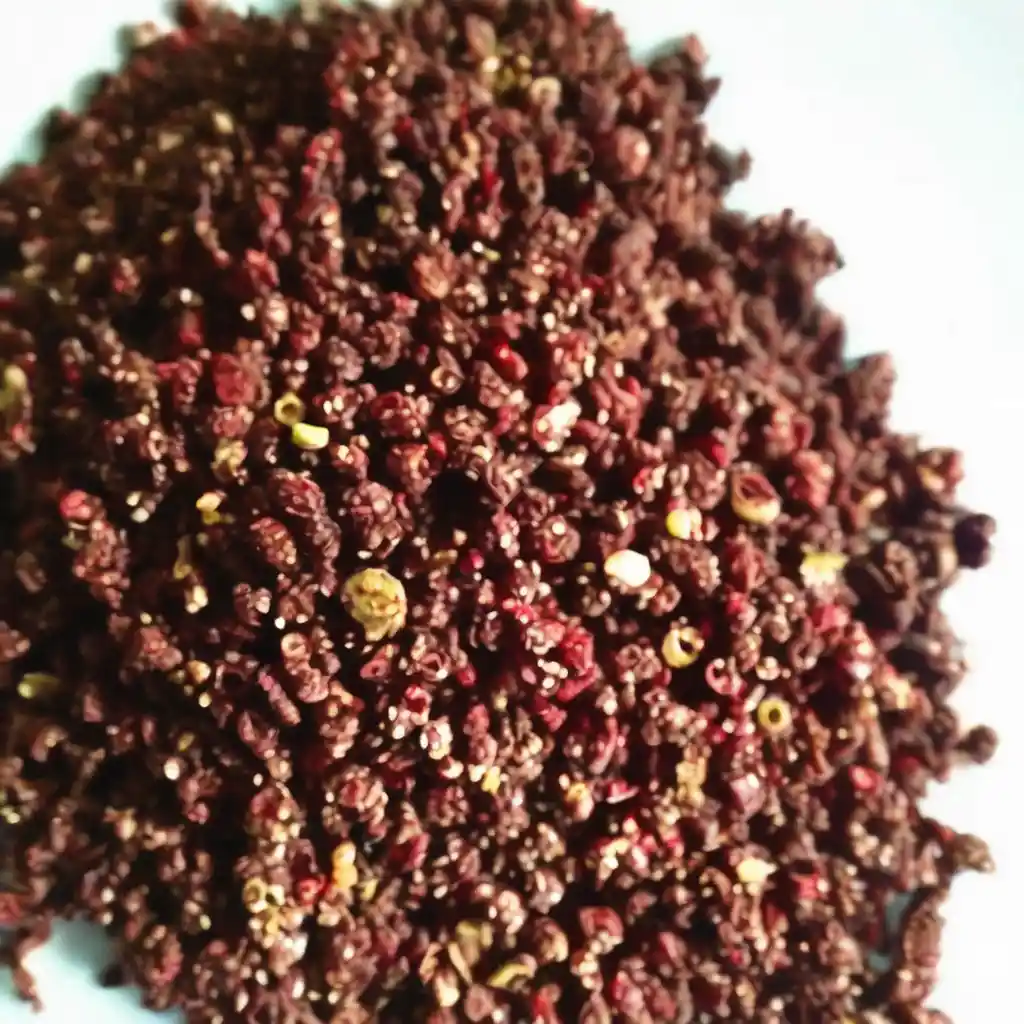


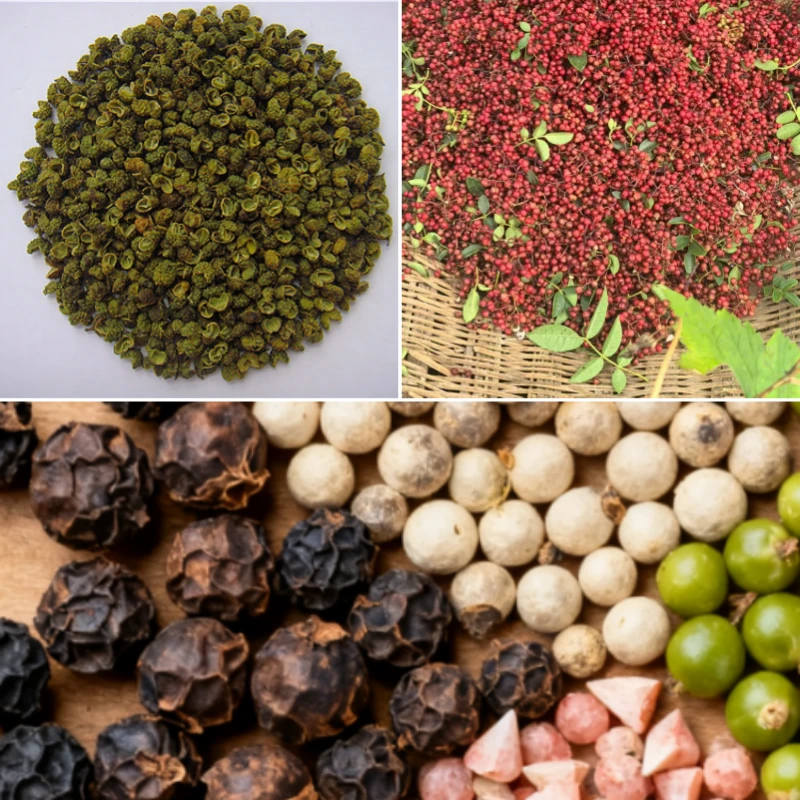

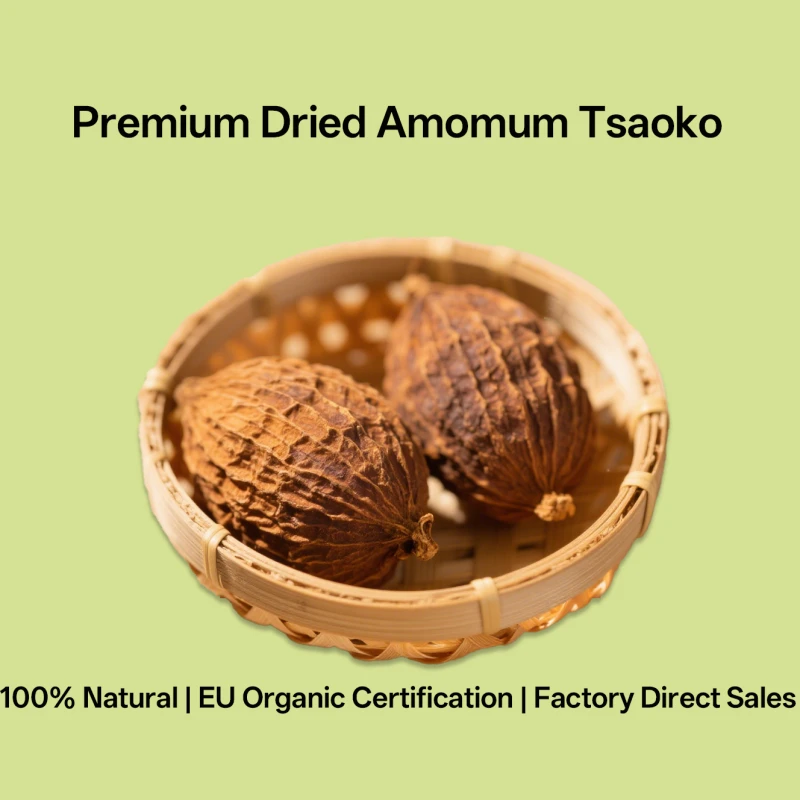

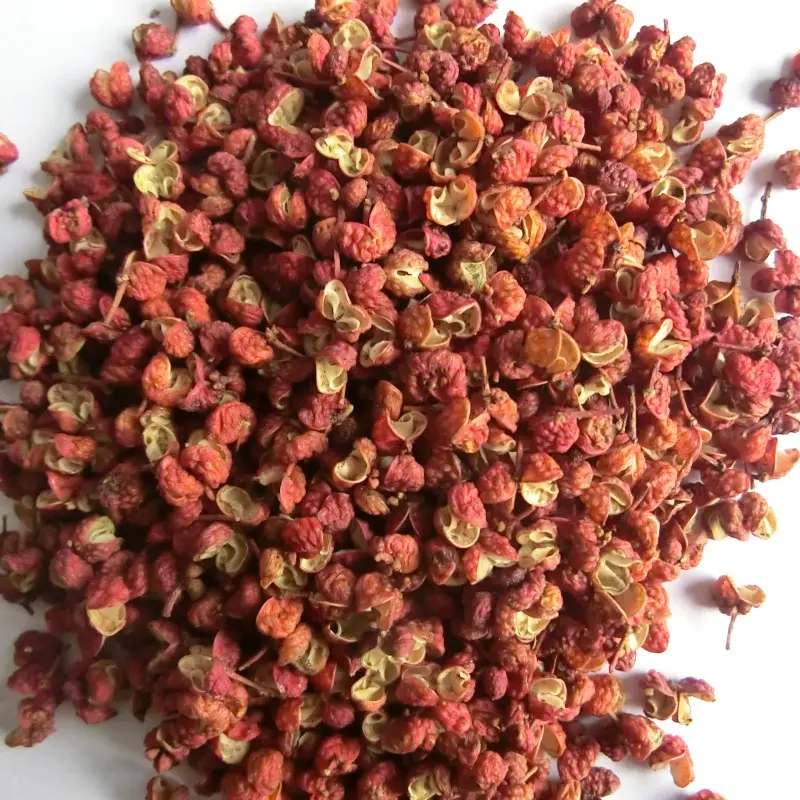
811.webp)

